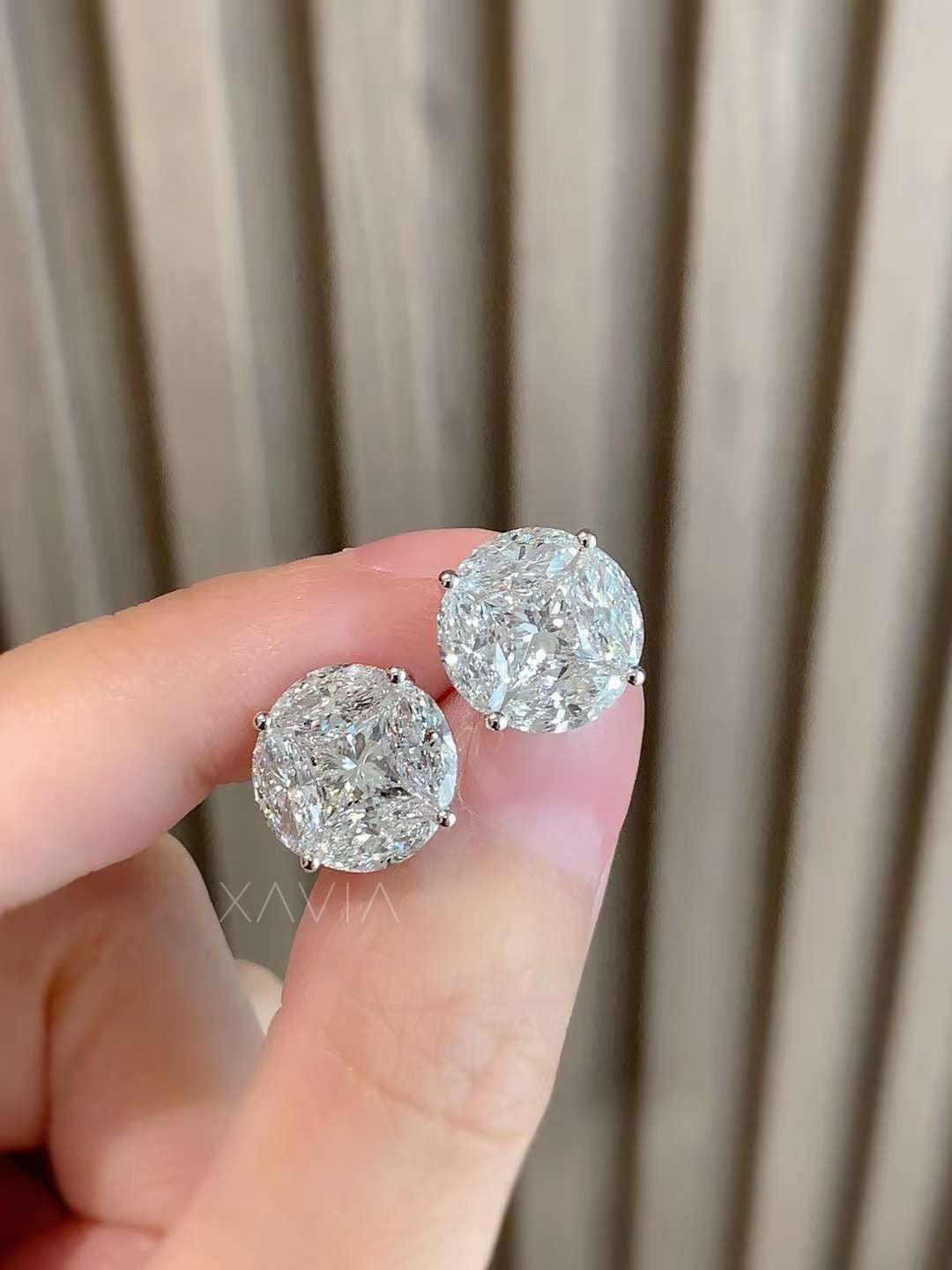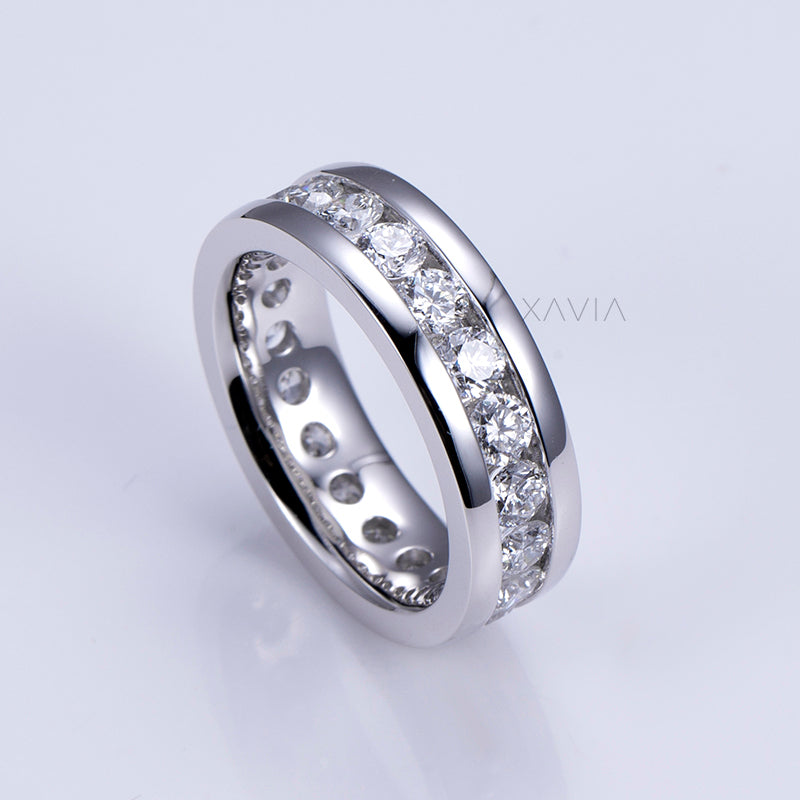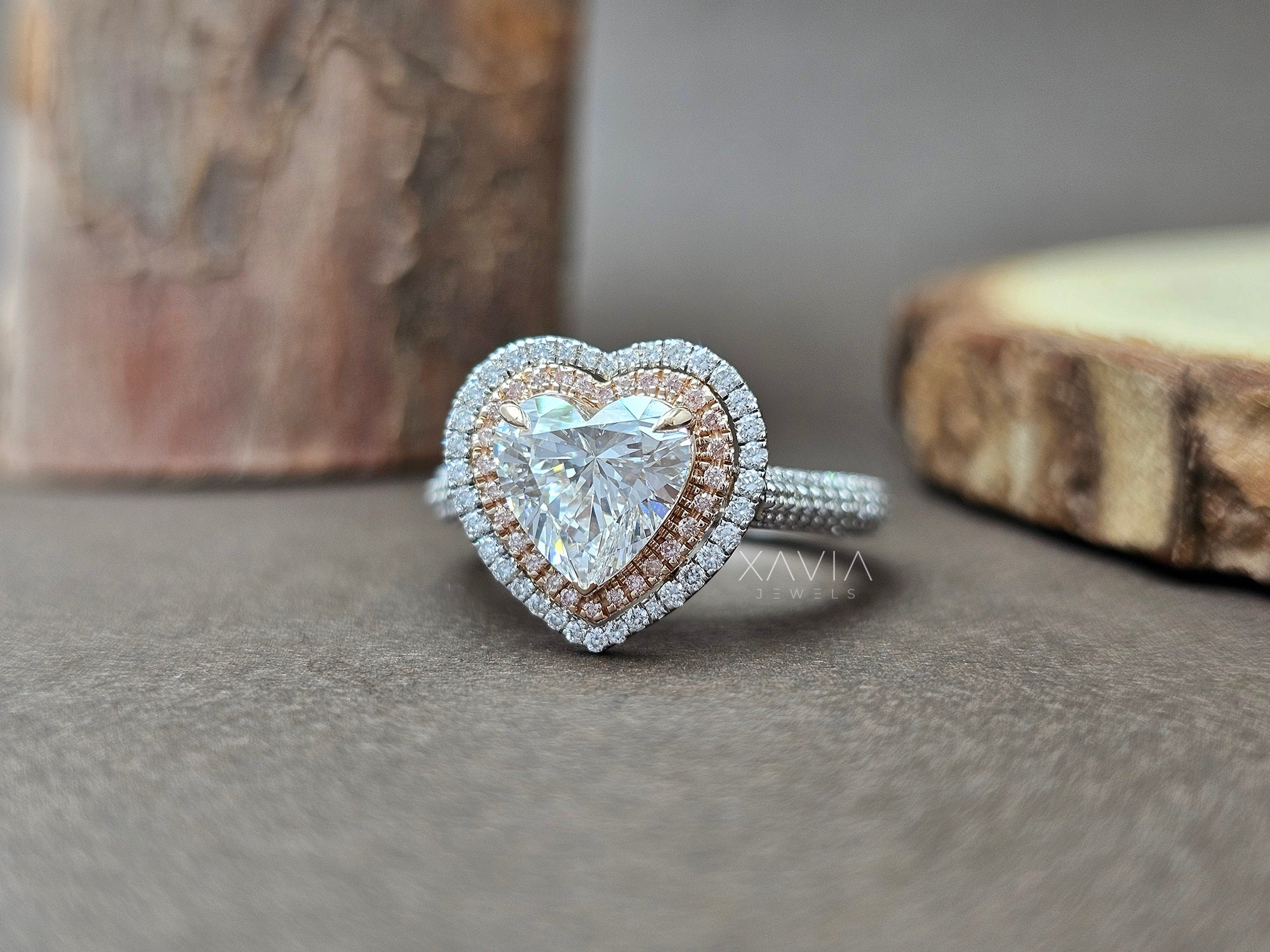The Headline That Stopped Us All
“Diamonds Created Using Only Electron Beams—Shattering Every Rule of Traditional Formation.”
When that headline splashed across science blogs and social feeds, people wondered: Is this the end of expensive diamond growth labs? Could my next engagement ring come from a microscope?
It’s a thrilling thought. But as with most sensational news, the truth is both more grounded and more fascinating. Let’s explore what really happened inside that Tokyo laboratory—and why it matters, even if it won’t replace the diamond on your finger anytime soon.
What Really Happened in Tokyo
At the University of Tokyo, scientists performed a precise, almost poetic experiment. Instead of crushing carbon under immense pressures (like Earth does over billions of years), they placed a diamond-like hydrocarbon called adamantane inside a transmission electron microscope (TEM).
By focusing an electron beam—a stream of high-energy particles—they stripped away hydrogen atoms from the adamantane. Freed from its bonds, the carbon reorganized into something breathtaking: tiny, defect-free nanodiamonds.
-
Size: 2–10 nanometers (a billionth of a meter).
-
Conditions: Low temperature, tens of seconds of irradiation.
-
Result: Perfectly cubic, diamond-structured crystals—thousands of times smaller than a grain of sand.
This wasn’t alchemy. It was careful chemistry, published in the journal Science, verified by peer reviewers, and hailed by researchers worldwide.
The Magic of Nanodiamonds
Why does this matter? Because diamonds aren’t just jewels—they’re also technological marvels.
-
Nanodiamonds can act as quantum sensors, detecting magnetic fields at the atomic level.
-
They can carry drug molecules safely inside the human body.
-
Their extreme hardness makes them perfect for polishing advanced electronics.
This is where the Tokyo breakthrough shines: it opens a new, efficient pathway to create nanodiamonds for science, medicine, and industry.
But there’s an important distinction—one that matters deeply to you as a jewelry buyer.
Nanodiamonds ≠ Engagement-Ring Diamonds
A nanodiamond is to your solitaire diamond what a single raindrop is to the ocean. Both are made of water, but one fills a teacup, the other shapes entire coastlines.
-
Nanodiamonds: billions of atoms arranged into tiny crystals, useful for science.
-
Gem-grade diamonds: vast, flawless crystals large enough to facet into a stone that dances with light on your hand.
The Tokyo team’s method creates microscopic clusters, not gem-quality crystals. The difference in scale is so dramatic that—at least today—no microscope could grow you a 2-carat proposal-ready diamond.
How Jewelry Diamonds Are Actually Made
If you own, wear, or dream of a lab-grown diamond ring, your stone was likely made by one of two methods:
1. HPHT (High Pressure High Temperature)
Think of a modern blacksmith’s forge designed to mimic the Earth’s mantle. A press applies pressures of 5–6 GPa and heats carbon to 1,500 °C+, forcing atoms into the diamond lattice. Within days, a rough diamond crystal forms around a seed.
2. CVD (Chemical Vapor Deposition)
More futuristic: in a sealed vacuum chamber, a diamond seed is bathed in a plasma of carbon-rich gas. One atom at a time, carbon attaches to the seed, growing the diamond layer by layer like an invisible sculpture.
Both methods produce real diamonds—chemically and optically identical to mined stones—graded by the same labs, and cherished in the same way.
Is Electron-Beam Growth “Greener”?
The Sustainability Times called the Tokyo experiment “a new, eco-friendly way to make diamonds.” The truth? It’s too early to tell.
-
Yes, the process happens at low temperature.
-
But it requires a transmission electron microscope—a massive, energy-intensive machine not designed for diamond mass production.
-
We have no data yet on energy per carat, scalability, or carbon footprint compared to HPHT and CVD.
So while the experiment is elegant, calling it “green” today is marketing optimism, not proven science.
Why Headlines Mislead (and Why That Matters)
Sensational headlines make diamonds feel like science fiction. But for buyers—especially couples making lifelong decisions—confusion can be damaging.
-
Some may think lab-grown jewelry will suddenly be worthless.
-
Others may believe diamonds can now be made instantly, undermining their appreciation for craftsmanship.
At Xavia, we believe honesty is luxury. The value of your diamond—grown with care, cut with precision, and set with artistry—doesn’t diminish because a scientist made nanodiamonds in a microscope. If anything, it highlights the wonder of carbon: versatile, beautiful, and endlessly fascinating.
What This Means for Jewelry Lovers
So, what’s the takeaway for you?
-
Your engagement ring is safe. Electron-beam nanodiamonds won’t replace gem diamonds in the foreseeable future.
-
Lab-grown is still the frontier. HPHT and CVD remain the only methods for jewelry-grade stones.
-
Sustainability is evolving. The real breakthroughs in jewelry will come from cleaner energy powering these reactors, not from microscopes.
-
Trust matters. In a world of headlines and hype, choose jewelers who give you the whole picture.
Xavia’s Perspective
At Xavia, we celebrate scientific discovery—but we also understand the power of clarity. Our diamonds are chosen not just for their brilliance, but for the stories they carry.
-
Each stone is DEF color, E–VVS1 clarity, ethically created in state-of-the-art labs.
-
Each design is born from the belief that jewelry is not just carbon—it’s commitment, memory, and meaning.
-
And every conversation we share with you is built on trust, not trends.
Frequently Asked Questions
Are electron-beam diamonds real?
Yes—at the nanoscale. They’re chemically diamond, but far too small for jewelry.
Will this make rings cheaper?
No. The method isn’t scalable or designed for carat-sized crystals.
Which is better: HPHT or CVD?
Both can create excellent stones. What matters most is the cut quality and the jeweler’s standards.
Are lab-grown diamonds “real” diamonds?
Absolutely. Lab-grown diamonds are 100% real diamonds, certified by the same grading labs as mined stones.
Closing Reflection
Science is endlessly inventive. One day it’s electron beams forming nanodiamonds in a microscope; another day it’s plasma chambers growing crystals atom by atom. But love, artistry, and the human desire for beauty remain constant.
When you slip on a diamond ring, you’re not wearing “just carbon.” You’re wearing a symbol forged at the intersection of science and story—whether that diamond was born in the Earth’s mantle or in a modern lab.
And that is where Xavia lives: at the heart of science, sustainability, and soul.




